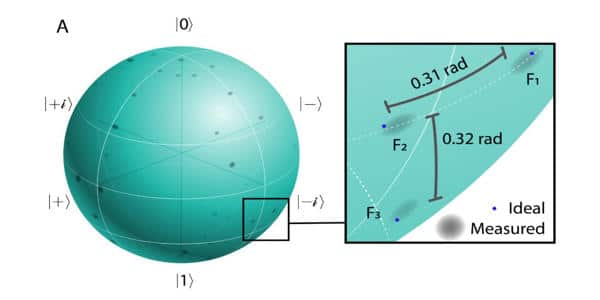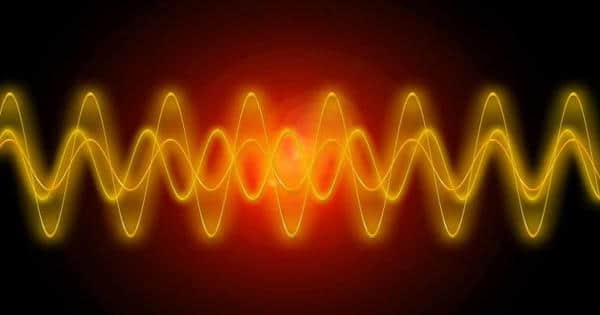A team led by Prof. GUO Guangcan and Prof. ZOU Changling from the Chinese Academy of Sciences University of Science and Technology of China achieved efficient frequency conversion in microresonators using a degenerate sum-frequency process, as well as cross-band frequency conversion and signal amplification by observing the cascaded nonlinear optical effects inside the mic. The findings were published in the journal Physical Review Letters.
Communication, detection, sensing, and imaging are all applications of the coherent frequency conversion process in classical and quantum information fields. Coherent frequency conversion is a necessary interface for distributed quantum computing and quantum networks because it connects wavebands between fiber telecommunications and atomic transition.
The goal of integrated quantum photonics is to combine components for nonclassical light generation, manipulation, and detection in a phase-stable and efficient platform. Recently, solid-state quantum emitters have demonstrated exceptional performance as single-photon sources.
Researchers realized efficient frequency conversion in microresonators via a degenerate sum-frequency process and achieved cross-band frequency conversion and amplification of converted signal through observing the cascaded nonlinear optical effects inside the microresonator.
The integrated nonlinear photonic chip stands out due to significant technological advances in improving nonlinear optical effects through microresonator-enhanced light-matter interaction, as well as other benefits such as small size, high scalability, and low energy consumption. As a result, integrated nonlinear photonic chips are an important platform for efficiently converting optical frequency and realizing other nonlinear optical effects.
However, on-chip resonant-enhanced coherent frequency conversion necessitates multiple (three or more) modes of phase matching condition among distinct wavelengths, posing significant design, fabrication, and modulation challenges. The intrinsic error introduced by the nanofabrication technique of integrated nonlinear photonic chips makes the resonant frequency of the microresonator difficult to match the atomic transition frequency, particularly in the application of atomic and molecular spectroscopy.

The researchers in this study proposed a new scheme for high-efficiency coherent frequency conversion using a degenerate sum-frequency process that only requires the two-mode phase-matching condition. They achieved precise frequency window (FW) tuning: coarse tuning by adjusting device temperature with a tuning range of 100 GHz; fine-tuning with MHz level based on previous work of all-optical thermal control in an integrated microcavity.
Effective schemes for on-chip coupling of high-performance photodetectors with single- and photon-number resolving capabilities are required to fully exploit the low loss and high throughput afforded by integrated photonics. Superconducting nanowire detectors that operate at cryogenic temperatures are the most promising technology to date, with near-unity quantum efficiency, low jitter, and low dark count rates. The potential impact of quantum photonic technologies ranges from alloptical quantum computing, quantum encryption, and networking to machine learning, sensing, and interfacing with other quantum systems such as chip-scale ion traps.
The best efficiency achieved was up to 42 percent during the photon-number conversion from 1560-nm-wide to 780-nm-wide wavelength, indicating a frequency tuning bandwidth of more than 250GHz. This fulfilled the requirement for the interconnection of telecom photons and rubidium (Rb) atoms.
Furthermore, the researchers experimentally validated cascaded (2) and Kerr nonlinear optical effects within a single microresonator to amplify the converted signal, which had previously been overlooked. As a result, the highest conversion efficiency was possible to achieve over 100% by adjusting device fabrication parameters, fulfilling simultaneously signal converted and amplified.
Single-photon frequency conversion for quantum interfaces is critical for the realization of quantum memory, faithful entanglement swapping, and quantum teleportation in quantum communications and networks. This research presents a novel method for efficient on-chip frequency conversion, which is critical for on-chip quantum information processing.















